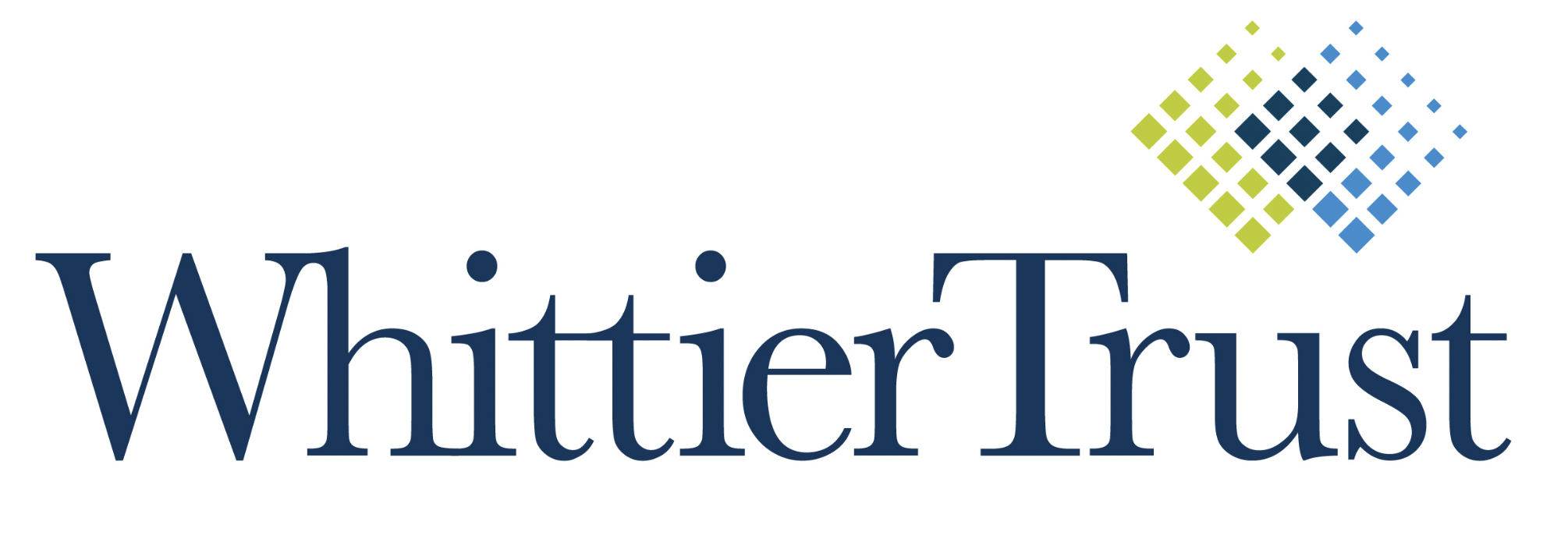Next-gen philanthropy is about more than just giving money away.
 Philanthropy is about helping others and offering invaluable funding to support communities and causes. With a family foundation, it’s also about preserving a legacy and bringing family members together in the name of a shared cause or purpose. The style and look of a family foundation varies, and it’s important to consider how to engage the next generation in all aspects of the foundation.
Philanthropy is about helping others and offering invaluable funding to support communities and causes. With a family foundation, it’s also about preserving a legacy and bringing family members together in the name of a shared cause or purpose. The style and look of a family foundation varies, and it’s important to consider how to engage the next generation in all aspects of the foundation.
Junior boards—also called associate boards—can be a powerful tool in helping prime the next generation for leadership, and they can be highly personalized in structure, style, and purpose. They can be as small as a few members, or as large as 20 or more, and the age limitations can be anywhere from pre-teen to mid-30s. These launch pads are instrumental in not only growing the foundation’s reach but also growing the junior board members as individuals.
“Junior boards help teach the next generation about the foundation and its mission, how it’s structured and more. It’s a good way to strengthen members’ financial literacy skills. It helps them learn about the value of money, investing the foundation’s assets, learning about the stock market and the power of giving with an eye on both strategy and passion,” says Jesse Ostroff, Assistant Vice President and Client Advisor for Whittier Trust’s Philanthropic Services. Junior boards can also help strengthen familial ties, prepare members to transition to the main board and help members discover more about themselves. Here’s how.
Strengthening Family Bonds
Junior boards can help strengthen a family’s bond, especially if there are many branches or if the members aren’t particularly physically or emotionally close. “It’s a good way for cousins or more distant relatives to be able to collaborate and decide how and where the money should go,” says Ostroff, who adds that working together is helpful in making junior board members feel less alone in their giving.
Even close-knit junior boards can deepen their relationship. Ostroff recalls one example of a small junior board that had been working together for many years. Whittier Trust facilitated an opportunity for them to share during a family retreat, where each member made a presentation on their chosen grantee organization, describing why they felt it was worthy of support and providing an overview of the diligence they had conducted on it. “It was during the pandemic so it took place over Zoom,” Ostroff noted, “but it worked really well, and the subject matter helped them develop deeper connections with each other and with the foundation Board.” One of the unanticipated outcomes was a number of cousins deciding to collaborate and support each other’s chosen organizations. “Even though you’re family, you don’t always take the time to listen and hear about each other’s interests,” he says. “This opportunity strengthened family ties in a natural, organic way.”
Facilitating Family Continuity
 Family foundations often struggle with succession plans, so establishing a well-functioning junior board can help smooth younger family members’ transition to the main board. But it also takes intentionality. “Part of our role is to get the junior board excited enough to want to devote time and attention to their philanthropy, despite the competing demands of career and family,” says Ostroff, whose team does this by showing interest in junior members as individuals, having strategic conversations with them about the change they’d like to see in the world, and accompanying them on site visits to grantee organizations so they can see first-hand the impact they’re having.
Family foundations often struggle with succession plans, so establishing a well-functioning junior board can help smooth younger family members’ transition to the main board. But it also takes intentionality. “Part of our role is to get the junior board excited enough to want to devote time and attention to their philanthropy, despite the competing demands of career and family,” says Ostroff, whose team does this by showing interest in junior members as individuals, having strategic conversations with them about the change they’d like to see in the world, and accompanying them on site visits to grantee organizations so they can see first-hand the impact they’re having.
Conversely, some junior board members are exuberant and need help focusing their interests and reining their strategies. Ostroff recalls one junior board of teenagers who were excited to be participating in their family’s philanthropy, but they hadn’t yet identified a mission and felt daunted by the responsibility to give money away. To their credit, they wanted to do it right and didn’t know where to begin. “We convened the group and used a core values game to help them to identify first the family’s core values, and then their individual values,” he says. “From there, it was easier for them to select one or two focus areas for their grantmaking, and then to drill down and choose particular nonprofits they wanted to support.”
Inspiring Personal Growth
Ostroff’s favorite aspect of his job is watching junior board members grow through their participation in the family’s philanthropy. “They develop life skills, such as financial literacy, respectful communication, critical thinking, and collaboration, that set them up for success in their careers and relationships.” As they begin to see the myriad benefits of aligning their family’s wealth and values, younger family members become more effective stewards of the wealth they may eventually inherit.
Whittier Trust helps create, manage and develop junior boards, tailoring their recommendations and plans to a family’s philanthropic mission and grantmaking style, while simultaneously helping them find their own philanthropic voice. “As the next generation moves up, there will be new societal challenges, new philanthropic trends and opportunities. Millennial and Gen Z family members are coming of age in a world that is completely different from the one their grandparents inhabited,” says Ostroff. “And we’re able to provide them with the tools and support they will need to meet their moment and make their own impact.”
If you’re ready to explore how Whittier Trust’s tailored philanthropic services can work for you, start a conversation with a Whittier Trust advisor today by visiting our contact page.
From Investments to Family Office to Trustee Services and more, we are your single-source solution.

